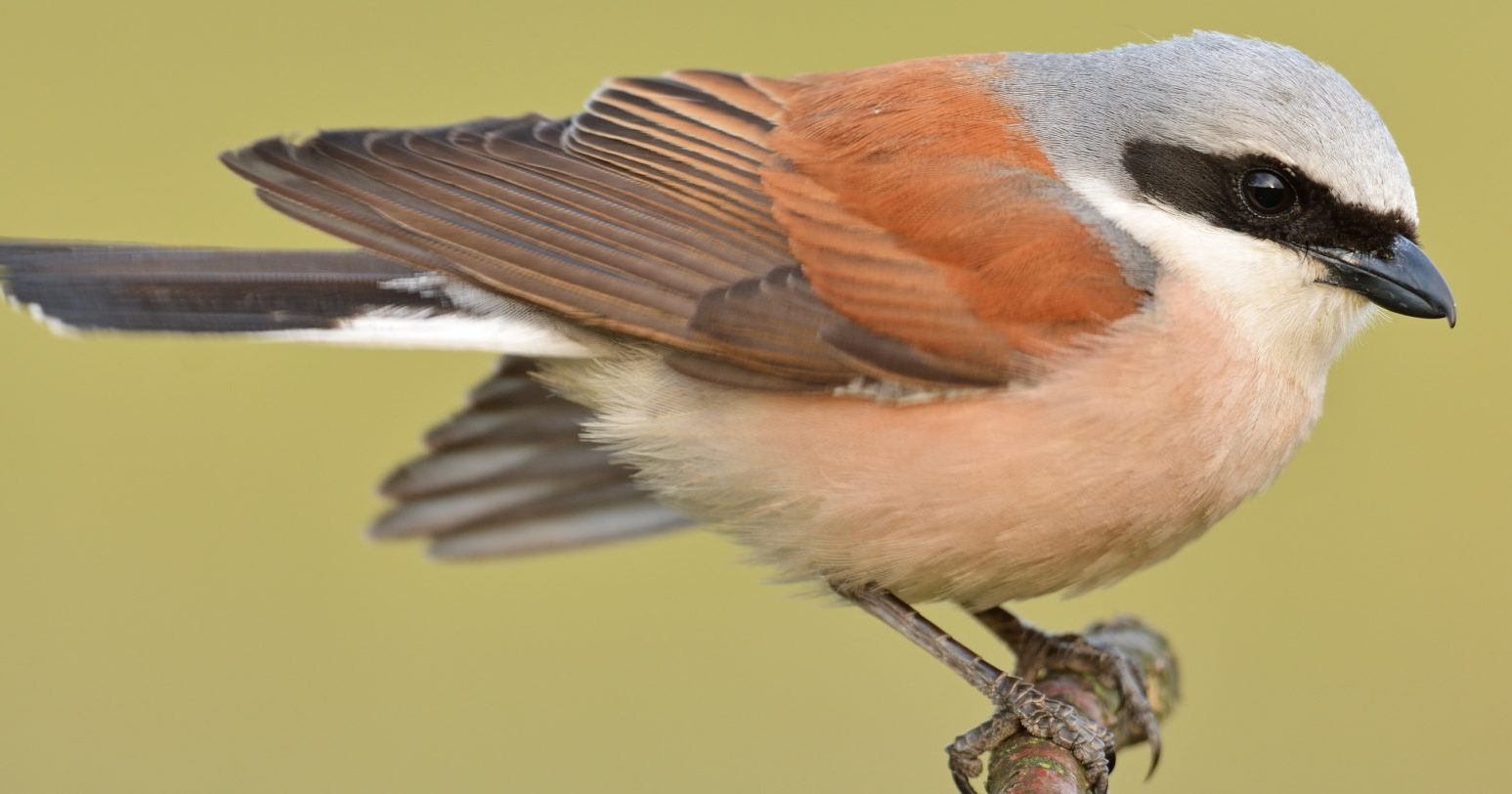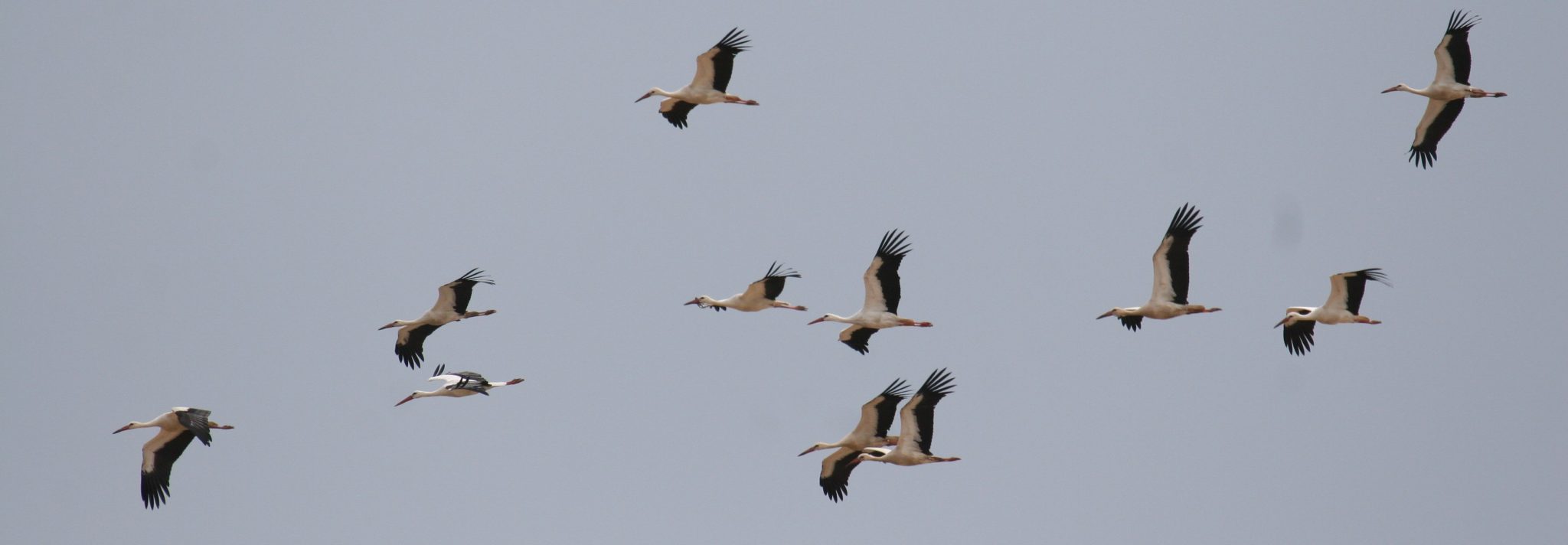Migratory bird of the month: Eurasian Curlew
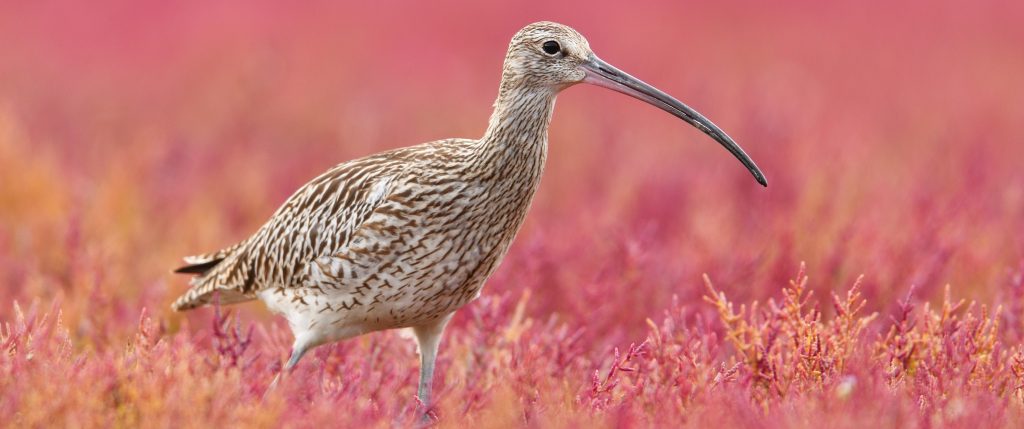
The Eurasian Curlew is famous for its long, downward-curving, slender bill and bubbling ‘cur lee’ call. Despite popularity around the world, his long migratory journey is filled with dangers.
Key info
- Latin name: Numenius Arquata
- IUCN status: Near Threatened1
- Global population: The global population is estimated to number 835,000-1,310,000 individuals. The European population is estimated at 212,000-292,000 pairs, which equates to 425,000-584,000 mature individuals.2
- Migration Routes: African-Eurasian flyway, Central Asian Flyway, East Asian Australasian Flyway
Description
- Wingspan: 89–106 cm
- Life span: Up to 20 years
- Distinct features: Large, long-legged wader with a long, downward-curving bill and mottled brown plumage.
- Favourite food: small invertebrates such as insects, worms, crustaceans, molluscs
- Top Speed: Up to 80 km/h3
- Habitat: Wetlands and areas with wet soil, like coastal mudflats, marshes, and wet grassland.
Flight for Survival
With its down-curved bill, long greyish-blue legs and an unmistakable call: you can’t miss the European Curlew. In the autumn and winter, you will most likely find Europe’s largest wading bird on estuaries. In the spring and summer instead, you’ll spot them on heathlands, during their migration to upland breeding grounds. The Curlew is a remarkable long-distance migrant, travelling along the East Atlantic Flyway. They winter along the Atlantic coast from North Africa to the North Sea, and in breeding season, they span regions from Spain and Ireland to the Ural Mountains and up to the Arctic Circle.
However, the Eurasian Curlew faces growing threats. Habitat loss and fragmentation driven by afforestation (planting trees where none recently existed) and urbanization pose major challenges. Agricultural developments, especially intensive grassland management, wetland drainage, and the conversion of moorlands, further exacerbate the problem. In frequently mowed grasslands, predators can easily hunt curlew nests and chicks due to limited cover. Conversely, when farmland is abandoned, the resulting increase in vegetation height makes those areas unsuitable for nesting.
Climate change poses another significant threat to this species, with extreme rainfall patterns predicted to have major negative impacts. Additionally, disturbances from from construction work, pollution, and various human activities further threaten curlew populations. Hunting and poaching continue to impact local populations, adding to the myriad of challenges this species faces.

BirdLife’s work
The BirdLife Partnership launched the East Atlantic Flyway Initiative (EAFI) to monitor bird populations and their habitats, identify conservation priorities, and bolster conservation efforts along this flyway. You can explore various conservation projects dedicated to protecting this magnificent bird through EAFI’s Interactive Mapping Tool.
Our Partner in the UK, the Royal Society for the Protection of Birds (RSPB), coordinates the “Curlews in crisis” project. This four-year LIFE Nature project, launched in 2020, aims to stabilise curlew breeding populations across five priority landscapes in the UK by improving breeding habitat conditions.
France is the only country in Europe where until a couple of years ago, the Eurasian Curlew was still actively [WB1] hunted. Although the hunting ban has been in place for several years due to curlew’s poor conservation status, it is set to expire on July 30, 2024. Our French Partner, Ligue pour la Protection des Oiseaux (LPO), has been working tirelessly to extend this protection. .
Interesting facts
Unique call
The Eurasian Curlew is renowned for its distinctive call, a series of bubbling, liquid notes. Often heard during the breeding season, this melodious call is essential for communication and territory territory, making it a signature feature of the curlew’s behaviour.
A Saint’s protection
World Curlew Day has been celebrated annually since the 21st of April, 2017. The date coincides with the feast of St. Beuno, the patron saint of curlews. According to legend, St. Beuno, a seventh-century Welsh abbot, prayed for divine protection of the curlew, after one of the birds retrieved his book of sermons from the sea and safely brought it back to land. St. Beuno’s legacy continues to inspire curlew conservation today.
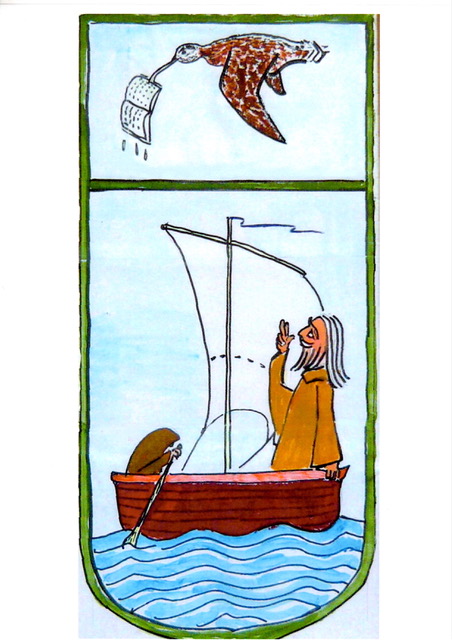
Disappearing family
The Numeniini tribe, which includes the Eurasian Curlew, consists of 13 wader species, seven currently classified as “Near Threatened” or “Globally Threatened” on the IUCN Red List. Even more alarming, two species are presumed extinct. 150 years ago, hundreds of thousands of Eskimo Curlews (Numenius borealis) migrated along the entire length of the American coastlines. Today, the species is likely extinct, with no reliable sightings since 1987 and no confirmed sightings since 1963. Similarly, the Slender-billed Curlew (Numenius tenuirostris) is now classified as ‘Critically Endangered’. Despite efforts to locate them, there have been no reliable observations in the past 20 years.
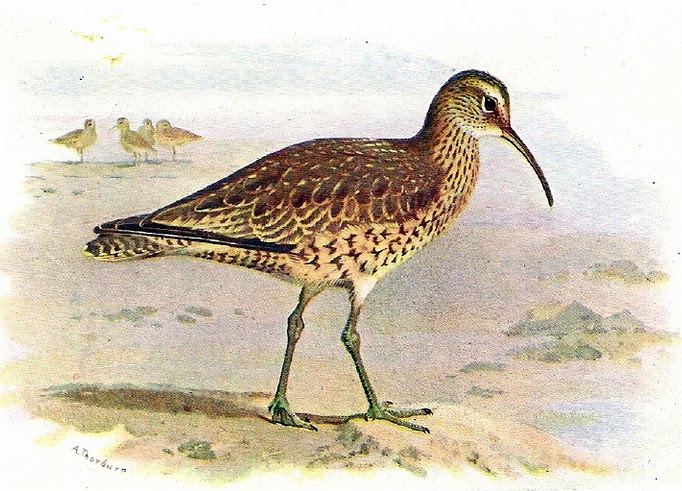
- [1] https://www.iucnredlist.org/species/22693190/117917038
- [2] BirdLife International. 2017. Numenius arquata. The IUCN Red List of Threatened Species 2017: e.T22693190A117917038. https://dx.doi.org/10.2305/IUCN.UK.2017-3.RLTS.T22693190A117917038.en. Accessed on 26 June 2024.
- [3] “The mean flight speed was 56.3 km/h (±20.3 km/h)” https://www.researchgate.net/publication/363550011_Assessing_potential_conflicts_between_offshore_wind_farms_and_migration_patterns_of_a_threatened_shorebird_species
Cover photo by Yves Adams
You might also be interested in:
 | Stichting BirdLife Europe gratefully acknowledges financial support from the European Commission. All content and opinions expressed on these pages are solely those of Stichting BirdLife Europe. The European Commission is not responsible for any use that may be made of the information it contains. |

